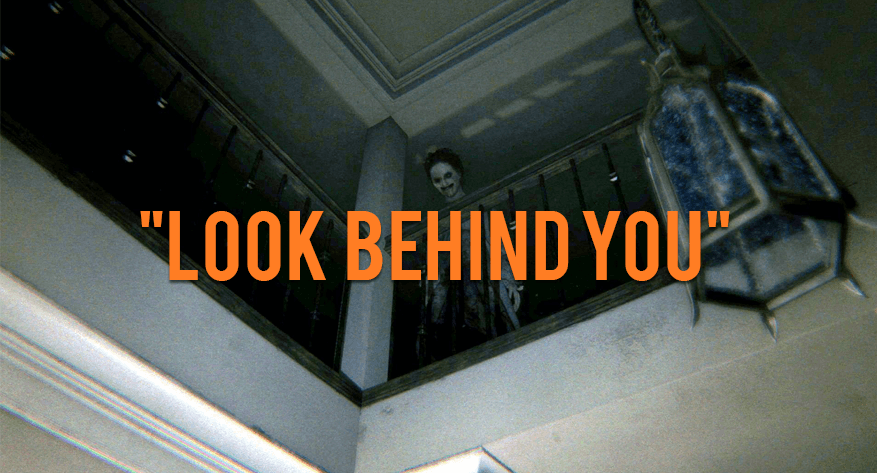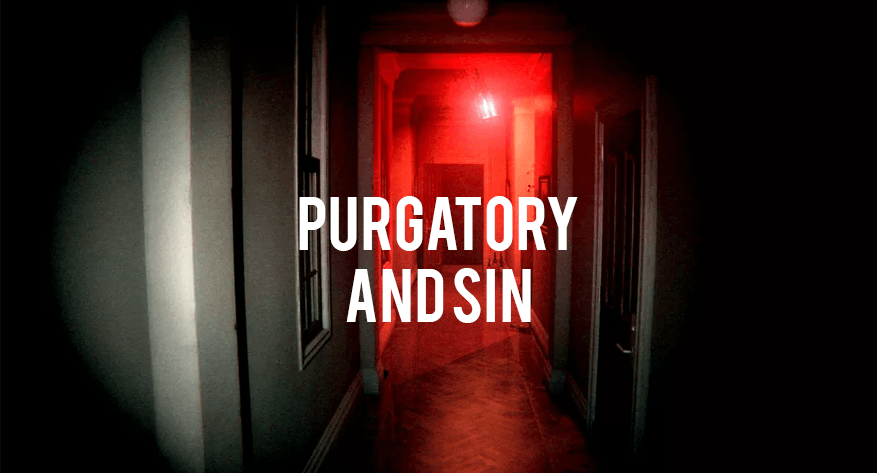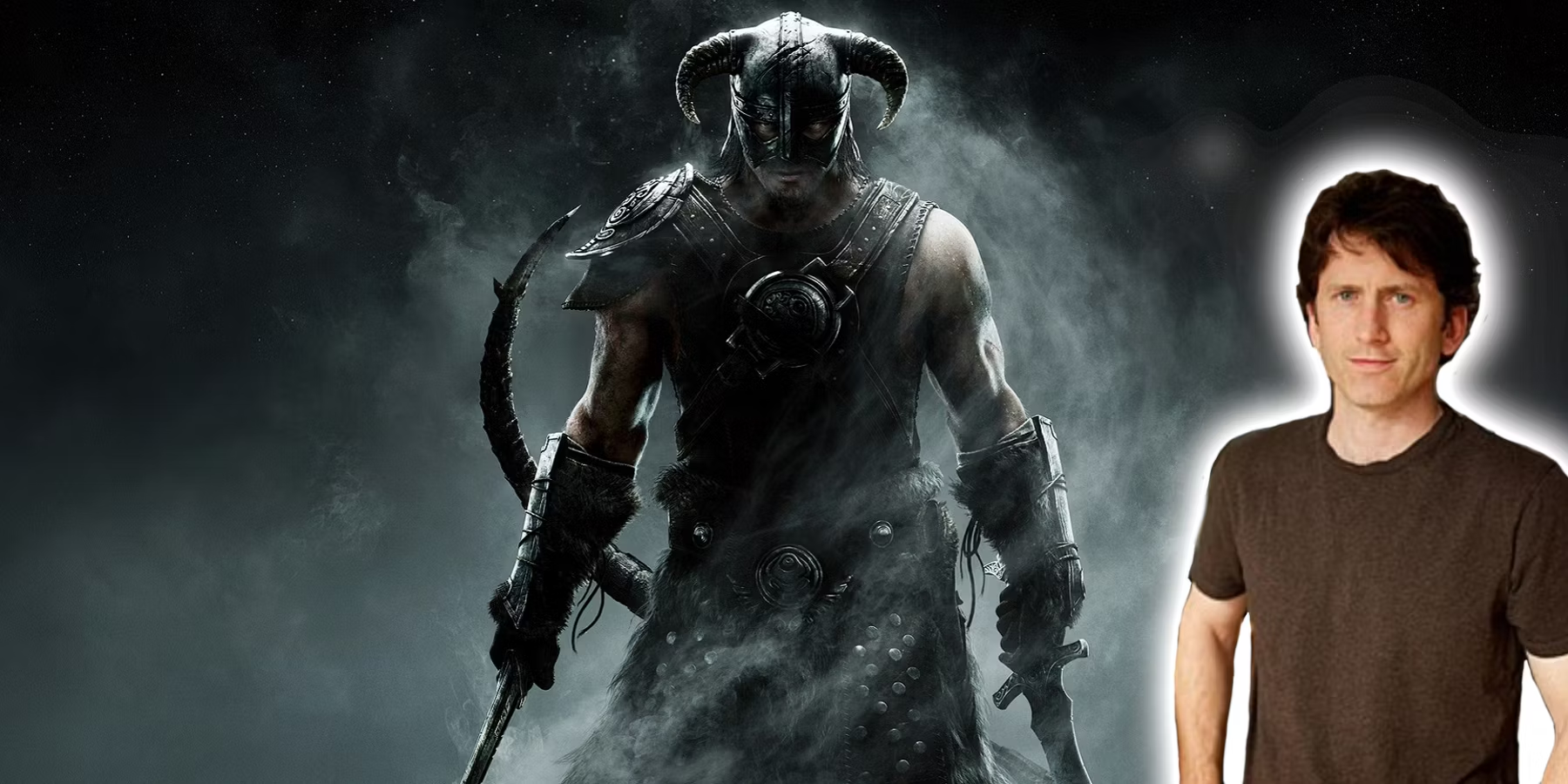Upon release, Hideo Kojima’s P.T. became an instant classic that offered up a unique horror experience. While walking through the infinitely looping corridor, the player will come across a tall demonic figure: Lisa. Today, I want to explore the character of Lisa and figure out why she is such an effective antagonist.
LISA’S STORY BEFORE P.T.
Based on information gathered from the radio reports, Lisa is the deceased wife of the player character. Lisa “was shot as she was cleaning the kitchen after lunch,” and that she “was shot in the stomach, and was pregnant at the time”. The innate and visceral horror of this act adds to the poignancy and terror instilled within the player. The radio broadcaster also claims that “there was another family shot to death in the same state last month, and in December last year, a man used a rifle and a meat cleaver to murder his entire family”. The act of familicide being spoken about as a regular occurrence in this game world, almost normalising it, emphasises the immediate horror of the real world. In essence, the real world is more horrific than any nightmarish demon.
PURGATORY AND SIN
The opening stages of P.T. may present a standard walking-simulator aesthetic. However, the dark design and sinister undertones of the game become much more prevalent as you play through the game. Kojima has crafted this tense environment using stunning visuals and chilling sound design. For example, if you stand still in the opening area, you can hear a scratching noise that perpetuates the eerie tone. Fear is evoked in a multitude of ways, such as the wailing of a baby or the life-like movement of cockroaches. But no element evokes fear quite like the presence of Lisa.

My perception of Lisa and the hallway is that of purgatory, a never-ending Hell designed to punish the player. Lisa is haunting the protagonist and the repetition of the corridor represents the eternal Hell sinners are sent to upon death. Making the player believe that they are playing as Lisa’s husband, who “shot his pregnant wife in her stomach”, drives the player to unearth the mysteries behind the character they’re controlling and question the morality of man, to question who the real monster is. Furthermore, Lisa’s unborn can be found in the bathroom sink, wailing in pain. The image of a crippled, underdeveloped fetus is extremely distressing and acts as a visual manifestation of the suffering caused by the player character.

Reaching a certain point within the game will cast a red hue over the corridor, perhaps representing the past bloodshed. However, the colour could also represent the protagonist’s descent into madness. This is further supported by the visual metaphor of the player having to walk down a flight of stairs to progress. Alternatively, the colour red can be closely associated with Hell and the archetypal depiction of Satan and his domain.
LISA’S WORLD
As we’ve just established, the world of P.T. depicts a hellish landscape in a seemingly mundane location. Using deductive reasoning, and using clues within the world, the player can figure out that this house belongs to Lisa. This can be supported by a picture of a couple that has the words “gouge it out” scribbled across it. When the player interacts with this picture, the right eye of the woman in the picture pops out– the same eye that Lisa is missing.
Lisa is a very powerful antagonist and appears to hold domain over the environment. She manipulates the world as the player progresses through the game. For example, the sound design changes to become more distressing and the visual design of the scenery changes. For example, upon progressing to a certain point, a fridge can be seen hanging from the ceiling, swinging from side to side. A baby can be heard wailing from inside the refrigerator.

Lisa’s ability to possess the protagonist and to instantly kill the player is indicative of her power. With this in mind, it is feasible that Lisa could have manipulated the world around the player to haunt them, much like a ghost or poltergeist. This is her home.
ONRYŌ AND LISA’S DESIGN
Lisa’s design leads me to believe that she is based upon the Japanese onryō, a ghost that seeks revenge. This ghost is created when a person is murdered or commits suicide, a violent and abrupt end that was the result of strong emotional force, such as the player character’s familial massacre. Furthermore, Lisa fits the general depiction of a yūrei, a Japanese ghost. Her hair is black and she wears a white gown, a colour that is associated with purity and innocence, the traditional colour that the Japanese bury their dead in.

Yokai.com details depictions of onryō within Japanese culture. A key component of the onryō is that “they prefer letting the object of their hatred live a long life of torment and suffering, watching those he knows suffer and die”. Onryō have also been known to “create a circle of death or destruction”. This may be in reference to an area that causes harm to the victim of the onryō. But in the case of Lisa, and P.T., the hallway can be considered as this “circle of death”. The player walks cyclically through the world, seeing the same corridor over and over.
Furthermore, an onryō is known to appear as they did when they died. With this in mind, you can see that she Lisa has blood on her white gown, around her stomach area. As you might recall, Lisa was “was shot in the stomach, and was pregnant at the time”. This further supports the notion that Lisa is an onryō, seeking revenge on her husband.
TO CONCLUDE
To conclude, Lisa is the demonic antagonist of P.T. She is presented as a powerful entity, in line with the Japanese onryō. Lisa seeks vengeance for her murder, torturing her husband from beyond the grave.













